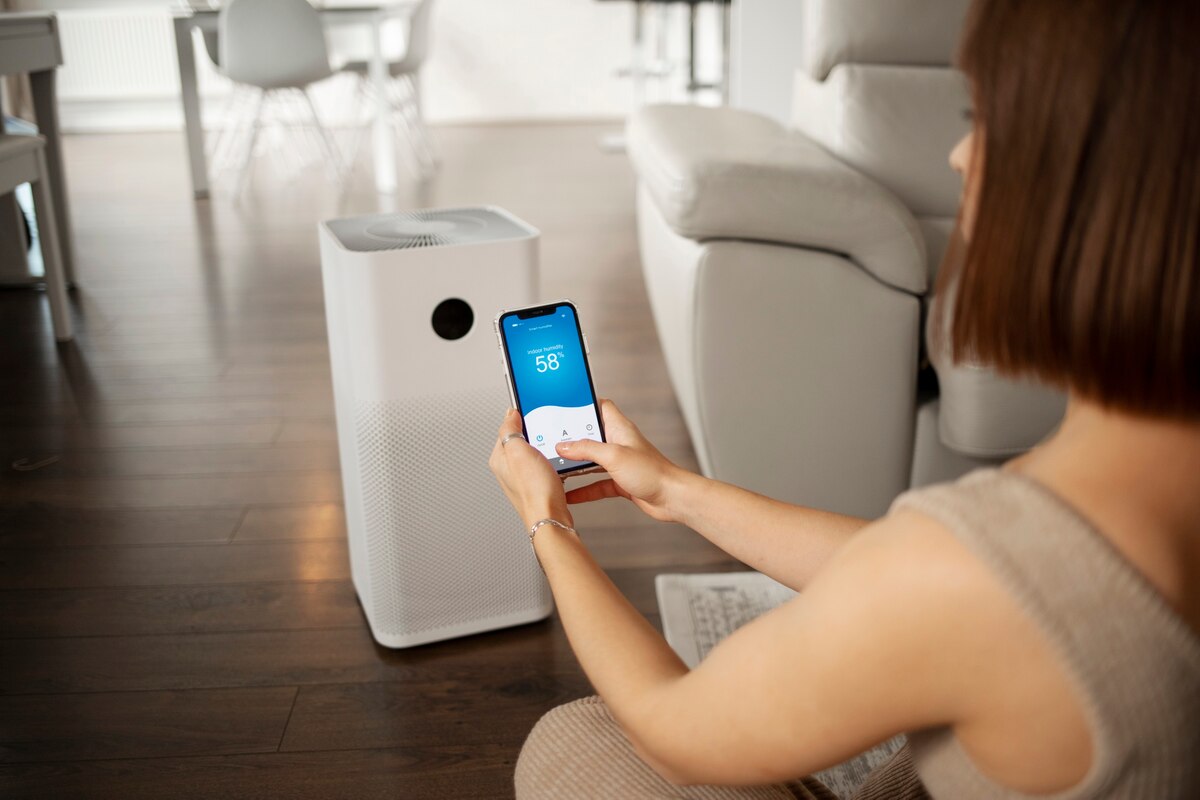A Comparison Of AI-Powered Home Assistants: Alexa, Siri, And Google Assistant
A Comparison Of AI–Powered Home Assistants: Alexa, Siri, And Google Assistant
As technology improves AI powered home helpers have become commonplace in many families. Amazon built Alexa, Apple made Siri and Google made Google Assistant. These three assistants have changed how we use our smart houses and the internet.
With speech settings, information access and home technology these virtual helpers make everyday life easier. This in depth look at these virtual friends’ unique features, ecosystem links and privacy issues aims to demonstrate how they enhance our daily lives and impact linked life.

How To Use AI-powered Home Assistants
AI powered home helpers are an essential part of modern smart homes. These digital friends driven by AI let you control things with your words, get information and automate your home. They also make it easier for users and devices to talk to each other which makes daily life easier.
Assistants understand everyday words and act in a sensible way. They’re necessary for many families to change the thermostat, check the weather, take notes and ask questions about everyday things.
As the Internet of Things IoT environment grows AI powered home helpers are linking with more devices and services making it easier for people to change their settings. However you need to know how these helpers work to get the most out of their benefits in a modern smart home.
Alexa: The Virtual Assistant Of Amazon
Alexa, Amazon’s AI-powered virtual helper, rules smart houses. Its main aim is Amazon Echo devices with mics that can pick up words clearly from far away. “Alexa,” “Echo,” or “Amazon” can be used to wake Alexa up. Alexa can do many things. It tells you about the weather, the news, and sports scores. People can play music or audiobooks, make shopping lists, and control smart home devices.
Third-party add-ons, or “Alexa skills,” allow users to do more. Users can turn on the ability to order food, call a taxi, and check the state of an airplane flight. Alexa is the central hub for managing smart houses and getting information in many homes because it is flexible and works with the Amazon environment.
Siri: The Virtual Assistant Of Apple
Siri, Apple’s virtual helper driven by AI, has become essential to the Apple environment. Siri is built right into the iPhone, iPad, Mac, Apple Watch, and HomePod. It can send texts, set timers, check the weather, and answer questions about everyday things.
Siri also knows natural language directions well, which makes using an Apple gadget feel more natural. Apple cares about security and privacy, and the company processes data on-device as much as possible to reduce the amount of data that must be sent to remote computers.
This method works with Apple’s security measures for user info. Siri is used by Apple’s HomeKit system to let users handle connected devices and run their smart homes. Apple users trust Siri because it works well with other apps and protects their privacy.
Google Assistant: The Virtual Companion
Google Assistant is famous for its ability to have conversations and know many things. The Google environment and Google Nest, the company’s smart house brand, are built on top of it. Google Assistant can provide personalized information on schedules, road conditions and user preferences.
Because this helper understands everyday language exchanges are more like talks than commands. Nest smart speakers, screens and heaters all work with Google Assistant without any problems. Voice prompts let people use many Google services to keep their smart home gadgets running and get real time information.
Google AssistantTM uses Google colossal knowledge graph to provide correct and up to date answers to many questions. Because it works with Google services it is a creative and flexible daily partner. However Google Assistant users must consider privacy and data collection.
An Analysis Of Differences
People need to compare these AI-powered home helpers to make intelligent choices based on their needs and preferences. Alexa, Siri, and Google Assistant can all be used to control smart homes with your voice, but they have different features and ways of connecting to other systems.
Alexa’s many skills and large Amazon Echo community make it perfect for people who want many different features and links to other websites. Siri is fully built into Apple products and offers a smooth, private experience.
Google’s knowledge graph helps Google Assistant give you correct and relevant information, making it a smart helper for many tasks. Users choose virtual helpers based on their jobs, the devices they use, and their concerns about privacy. This helps them pick the best virtual helper when they compare them.
Real-world Applications
Home helpers that use AI are helpful in lots of ways. Smart homes use less energy and are more convenient when you can handle lights, heaters , locks and security devices with your voice. Virtual helpers can set alarms, hold meetings, give you recipes and keep you updated on the news. They make daily tasks easier and more accessible.
These helpers can be used to navigate, call and play music hands free in cars and smart homes. They work to make things easier and give disabled people more freedom as personal partners. In real life these online helpers are coming in handy.
Privacy And Security Concerns
Regarding AI-powered home helpers, privacy and safety are paramount. After getting speech commands, some aides save and send data to improve performance. Users should be informed about data collection, including voice records and privacy rules should be reviewed. Attackers could use flaws in voice recognition systems.
Users should protect their networks by installing security updates on their hardware and software. Data should be clear, and users should have power over it. To get the most out of these virtual assistants while minimizing privacy and security problems, users need to know how the assistants use and store data.
The Future Of Home Assistants With Ai
As technology improves, the future looks bright for house helpers that use AI. These virtual friends can understand and meet people when AI gets smart ere’s needs. When the IoT and 5G work together, they will be worth more.
Smart home devices will work together more smoothly, get more information, and connect to more services and devices. Changes that focus on the user will make personalizing virtual helpers easier. As communities grow, these virtual friends can connect to more devices and apps, making them more critical to daily life.
Conclusion
Home helpers with AI, like Alexa, Siri, and Google Assistant, have changed how gadgets are used in the home. These virtual friends make life easier, more efficient, and more fun in intelligent houses. As virtual helpers get better, users need to think about their needs, the environments of their devices, and privacy concerns.
These AI-powered friends will become more critical as intelligent houses and virtual helpers become popular. Finding the right balance between privacy and ease of use is essential to getting the most out of this incredible technology.










